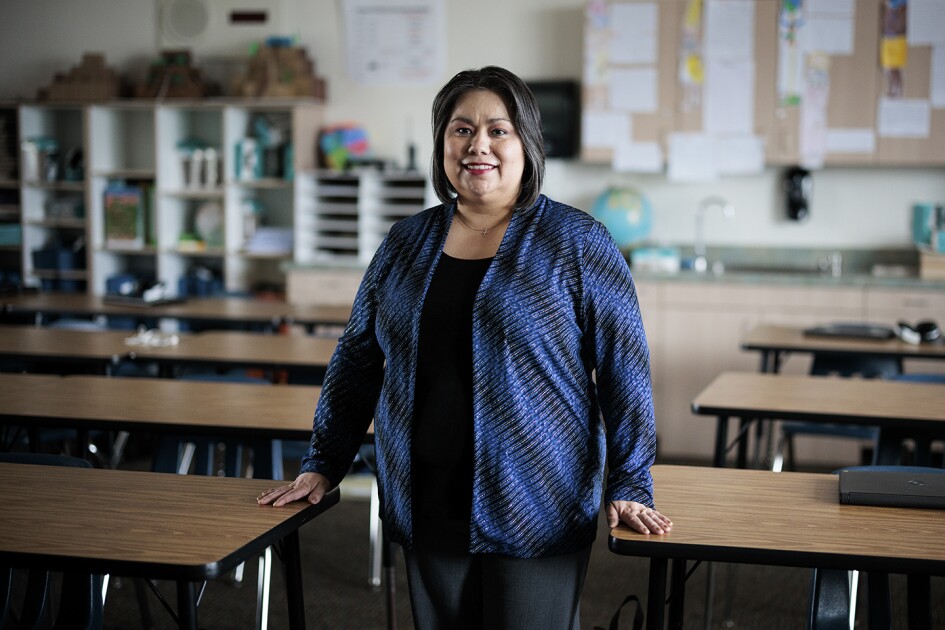Millennial teachers are more likely to believe that financial literacy should be taught in schools than their older colleagues, according to a new report from professional services firm PricewaterhouseCoopers.
The report, released this month to mark the beginning of Financial Literacy Month, takes stock of approximately 2,000 teachers’ attitudes toward financial education. Survey firm MDR conducted an online survey of teachers of various subjects and grades from across the country. PricewaterhouseCoopers launched a financial literacy effort, including a curriculum called Earn Your Future, four years ago.
Jeff Senne, the strategy and implementation leader of corporate responsibility at PricewaterhouseCoopers who led this report, said that financial education is increasingly important, and that millennials, many of whom began their careers during the Great Recession, seem to be aware of that.
“The stakes for financial literacy were very different now than when I was in my 20s and graduated college with $3,000 or $4,000 of debt,” Senne said. “Now kids are coming away with $30,000, $40,000, or even more debt. It’s critical that kids get exposure to this kind of education, but it’s not always offered or reinforced in school.”
Senne said that financial education in schools can be a challenge. “You’re trying to change a behavior,” he said. “If students learn something in a classroom and it’s not being reinforced at home, that’s hard to overcome.”
Still, he said, more millennials agreed that “it’s worth planting the seed.”
This survey found that 47 percent of millennial teachers, compared to 42 percent of their older colleagues, believe financial education should be taught primarily in the classroom and reinforced at home. The margin of error was 2.9 percent.
Millennials were also more likely than their peer teachers to use grants or to fund-raise through websites like DonorsChoose in order to teach financial literacy.
Overall, 92 percent of K-12 teachers surveyed said they believed that financial education should be taught in school, but only 12 percent address do so in their classes.
Senne argues that one reason for that gap may be that financial literacy is often not considered to be part of “college and career readiness.” More states have been adding financial literacy course requirements or standards in recent years, but the majority of states still do not require a course in the subject.
“That’s a real challenge,” Senne said. “We have to unpack why we as a society don’t see this as critical for college and career when we can see the corrosive effects of poor financial decisions.” Senne said that less well-off students also are less likely to have access to financial tools and resources, which can exacerbate income inequality.
Some of the other findings:
- 31 percent of teachers reported feeling “completely comfortable” teaching about financial literacy, while 51 percent were “moderately comfortable” and 18 percent reported feeling “not at all comfortable.”
- Teachers reported that they did not have the resources and training they needed to effectively teach financial literacy.
- Some 67 percent of teachers believed that financial education should begin in elementary school, and 65 percent think that their students are receiving very little education on the subject at home.
Related stories:
- More States Set Financial Literacy Standards, Fewer Require Economics
- Teaching Financial Literacy as Part of “College and Career Ready”
- States Fall Short on Teaching Financial Literacy
- Canada, Like the U.S., Ramps Up Efforts to Promote Financial Literacy


